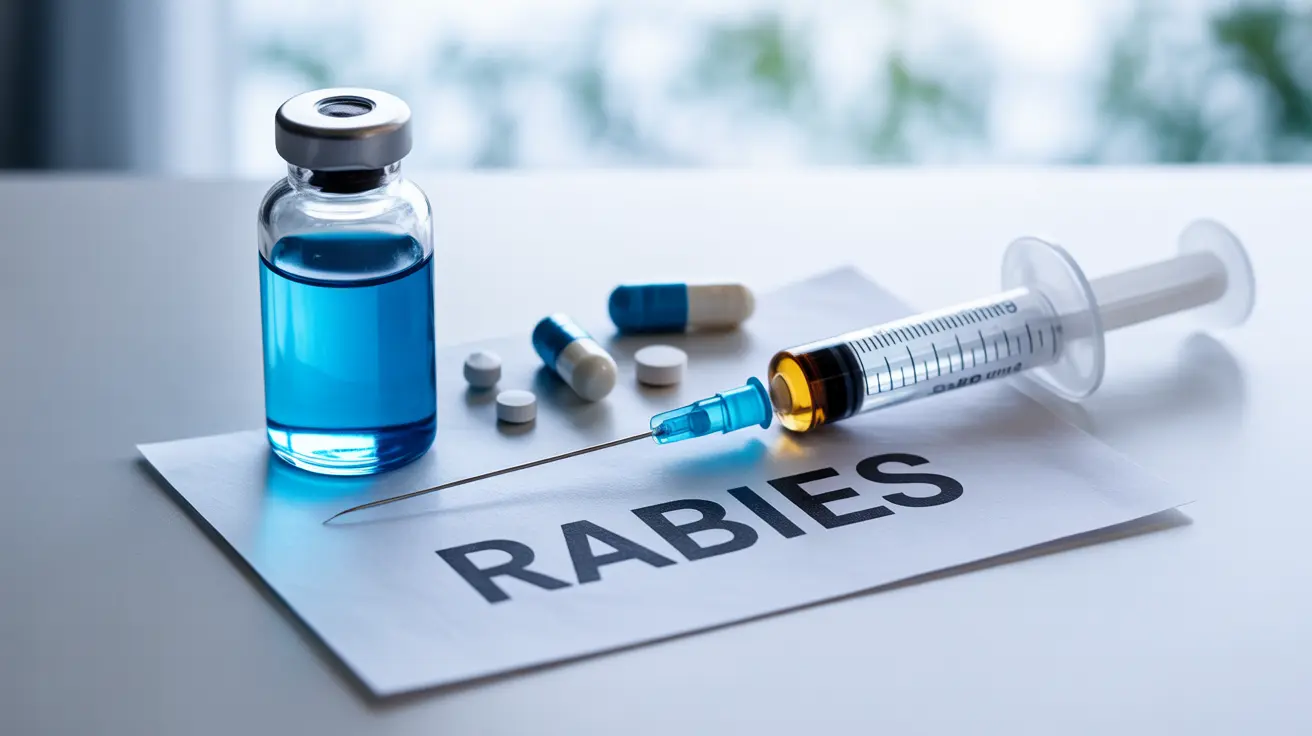The Calvert County Health Department has issued new rabies alerts for three communities following confirmed cases of rabies in wild animals. Pet owners in Solomons, Lusby, and St. Leonard are urged to take immediate precautions to protect their families and animals from potential exposure to this deadly virus.
This latest development adds to growing concerns about rabies activity in the region, highlighting the critical importance of maintaining up-to-date rabies vaccination Maryland requirements for all pets. The confirmed cases serve as a stark reminder that rabies remains a serious public health threat that requires vigilant prevention measures from pet owners and community members alike.
Understanding the Current Rabies Public Health Alert
The three additional confirmed rabies cases in wild animals have prompted health officials to expand their advisory coverage across multiple Calvert County communities. When health departments issue a rabies alert Calvert County residents should take immediate action to protect their pets and families.
Wild animals infected with rabies can exhibit unusual behavior, including appearing during daylight hours, showing aggression, or seeming unusually tame. These behavioral changes make infected animals more likely to come into contact with domestic pets and humans, increasing the risk of transmission.
Rabies in Raccoons Maryland and Other Wildlife
Maryland commonly sees rabies cases in several wildlife species, with rabies in raccoons Maryland and rabies in skunks Maryland being among the most frequent. These animals often live in close proximity to residential areas, making encounters with pets more likely.
Raccoons and skunks infected with rabies may lose their natural fear of humans, wander into yards during daylight, or display aggressive behavior toward pets. Pet owners should never allow their animals to interact with wild animals, regardless of how docile they may appear.
Critical Rabies Prevention Tips for Pet Owners
Maintaining Proper Vaccination Schedules
The most effective protection against rabies is ensuring your pets receive timely vaccinations. Pet rabies booster schedule requirements vary, but most pets need their initial vaccination followed by regular boosters. Puppies and kittens should receive their first rabies vaccine at 12-16 weeks of age.
Recognizing Rabies Symptoms in Animals
Understanding rabies symptoms in animals can help pet owners identify potential threats and take appropriate action. Early symptoms may include behavioral changes, excessive drooling, difficulty swallowing, and increased aggression. Later stages often involve paralysis and seizures.
Wild animals showing these signs should never be approached. Instead, contact local animal control or health authorities immediately.
Rabies Exposure Protocol and Emergency Response
If you suspect your pet has been exposed to a potentially rabid animal, follow the established rabies exposure protocol immediately. First, confine your pet to prevent further exposure to family members or other animals. Then, contact your veterinarian and local health authorities to report the incident.
Do not attempt to capture or kill the suspected rabid animal yourself. Professional animal control personnel have the proper equipment and training to handle these situations safely.
Accessing Low-Cost Rabies Vaccine Calvert County Services
Pet owners concerned about vaccination costs should know that low-cost rabies vaccine Calvert County options are typically available through local health departments and animal welfare organizations. Many communities host periodic vaccination clinics that offer reduced-price immunizations.
Maintaining current vaccinations is not only a legal requirement in Maryland but also the most cost-effective way to protect your pet's health. Treatment after exposure is significantly more expensive and stressful than preventive vaccination.
Community Response and Prevention
During active rabies cases Solomons MD, rabies cases Lusby MD, and rabies cases St. Leonard MD, residents should take extra precautions. Keep pets indoors or in secure, fenced areas, especially during dawn and dusk when wild animals are most active.
Remove potential attractants like pet food, garbage, or bird feeders that might draw wild animals to your property. Seal entry points to sheds, garages, or other structures where animals might seek shelter.
Frequently Asked Questions
What should I do if my pet is exposed to a rabid animal in Calvert County?
Immediately confine your pet to prevent further contact with family members or other animals. Contact your veterinarian and the Calvert County Health Department right away. Do not touch your pet with bare hands until cleared by professionals, and document all details of the exposure incident.
How can I protect my family and pets during a rabies alert in Solomons, Lusby, or St. Leonard?
Keep pets indoors or in secure enclosures, ensure all pet vaccinations are current, remove wildlife attractants from your property, and supervise children when playing outside. Never approach wild animals, even if they appear friendly or sick.
Where can I get a low-cost rabies vaccination for my pet in Calvert County?
Contact the Calvert County Health Department for information about upcoming vaccination clinics. Local animal shelters and veterinary offices often host affordable vaccination events throughout the year.
These recent confirmations of rabies in wild animals underscore the ongoing importance of pet vaccination and community awareness. By staying informed and taking appropriate precautions, pet owners can help protect their families and contribute to broader public health safety efforts.






